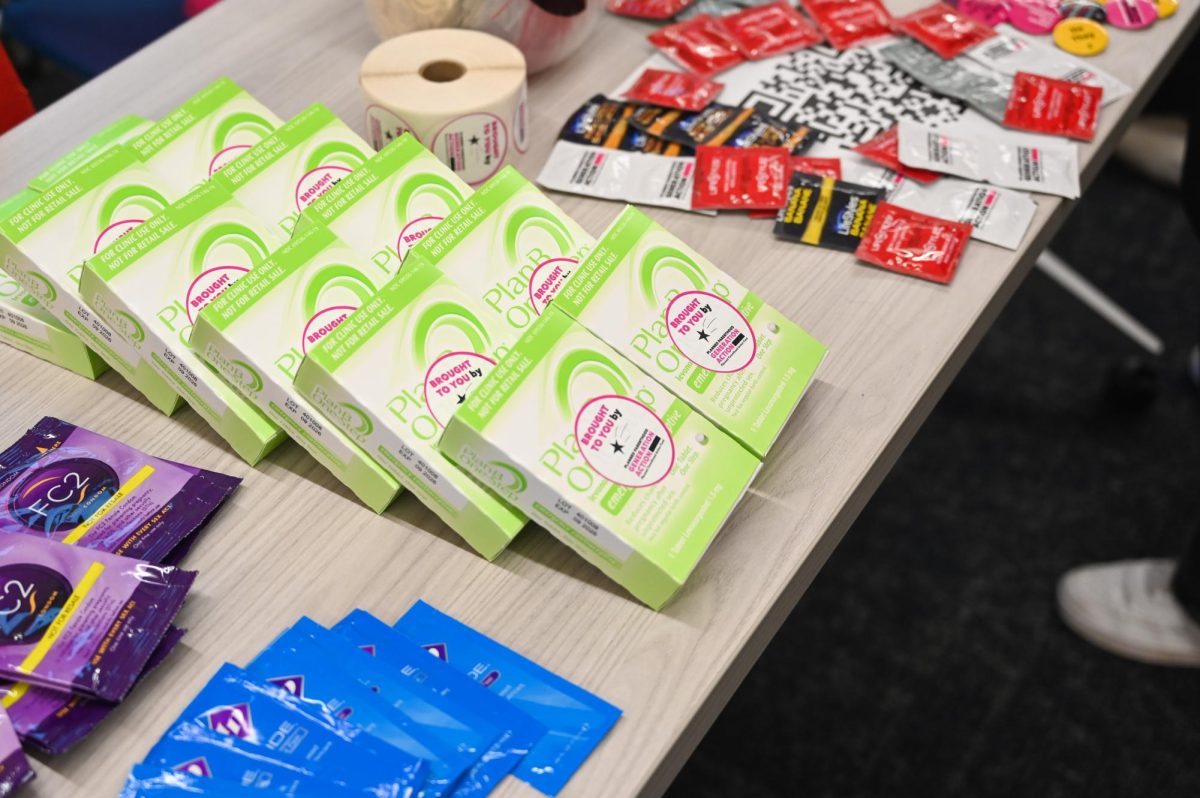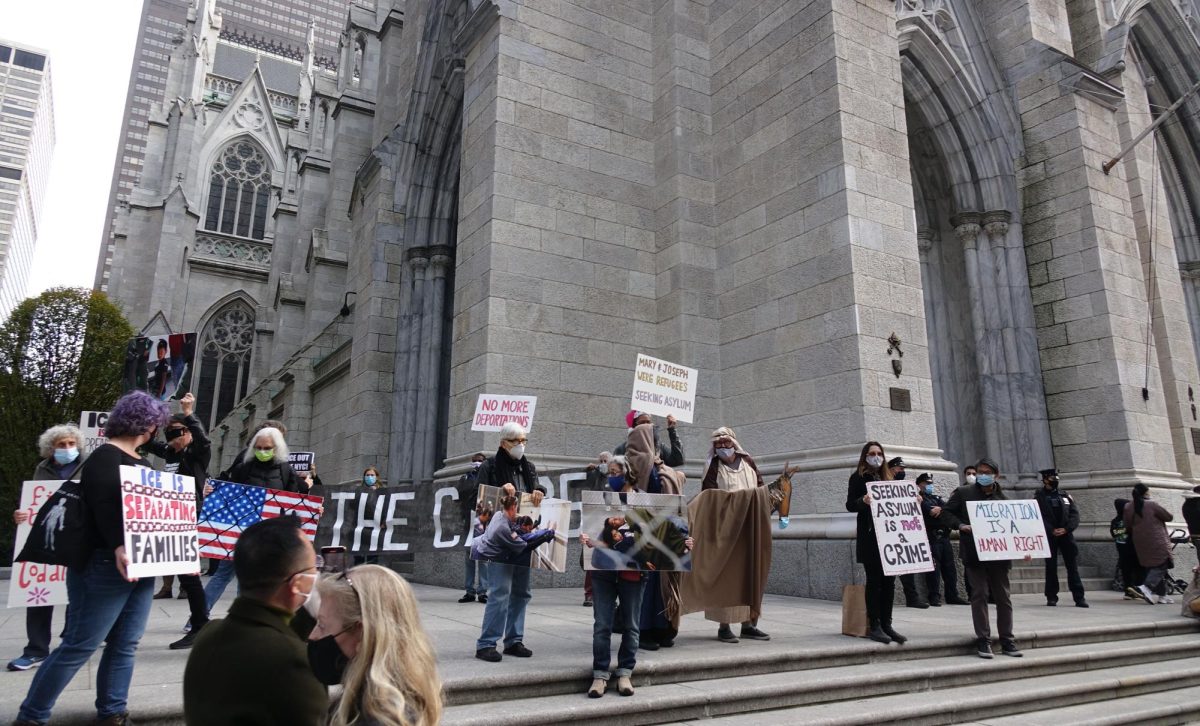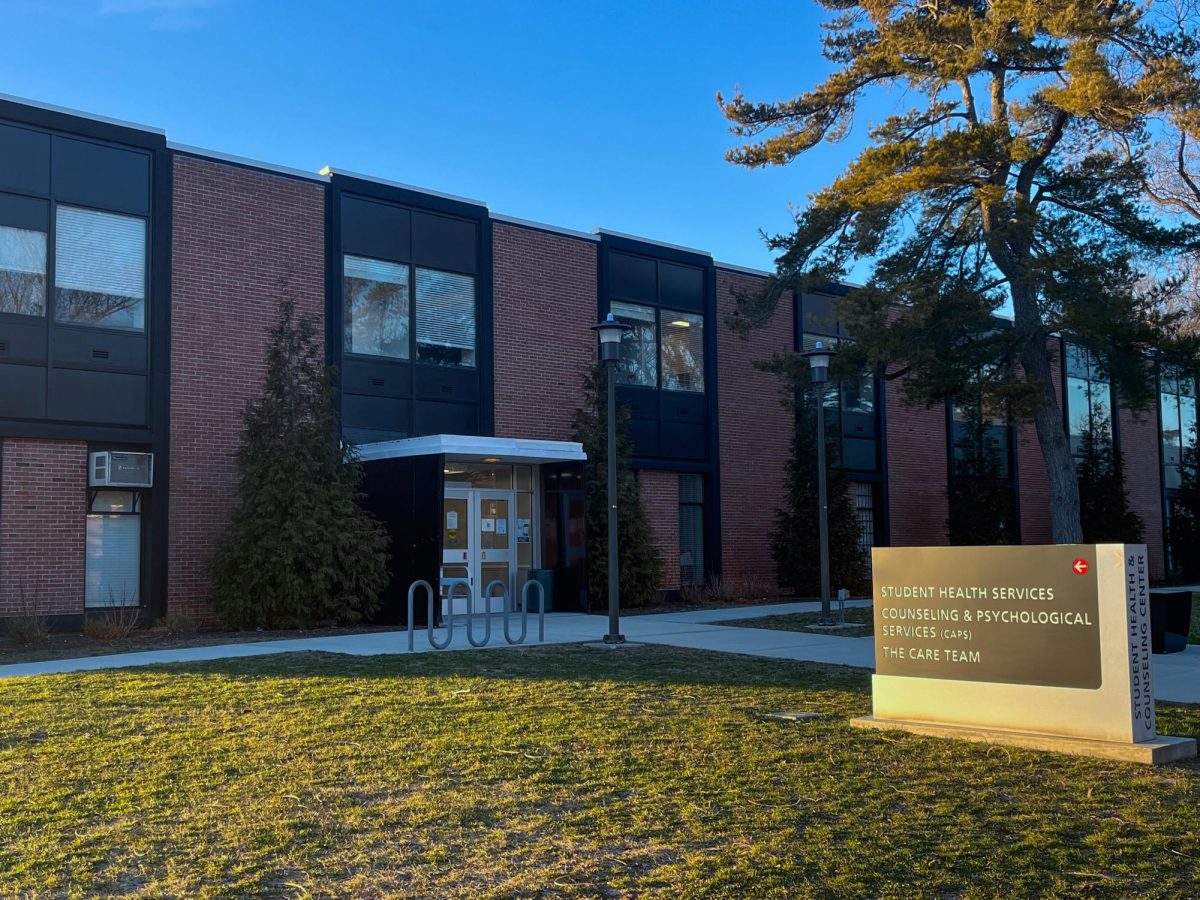When Stony Brook University prepared for its reaccreditation process, the only indications of the magnitude of the process were once-a-month senate meetings within the faculty and administrative circles. That was two years ago.
Within that time, the school’s public relations department worked hard to get the word out. Weekly emails, updates and signs across campus tout the Middle States Commission on Higher Education’s visits. They urge students to stop by forums, email ideas and tell the team visiting campus how great Stony Brook University is.
There is no question how important accreditation is to a up-and-coming university like SBU. Without accreditation, we lose government funding and grants. We lose the name we have built up for ourselves through our athletic programs, scientific advancements and medical breakthroughs. Most importantly, we lose the guarantee that backs each and every diploma we get at the end of those four or five years.
But how much is this costing us?
Stanford spent $1 million on their reaccreditation. Duke, $1.5 million. With university administration running on overtime to whip the school into shape in the matter of years, how much overtime are we paying them, how much paper files are we printing with our money, and how much are we really spending to overhaul a new core requirement system that, essentially, changes nothing?
Never before has the simple matter of reaccreditation snowballed into the giant, towering circus it is now. So the real question is how much can we, as a school, afford to spend on recreation centers, glass buildings and an overhyped public relations event instead of the basic tenets of college our education.
At the end of the day, the bottom line is that Stony Brook’s growth in infrastructure should equally be matched by growing departments and better graduation rates.
However, the university still puts a major focus on the growth of sciences, and still has a lot of work to do in bringing up the liberal arts. As a student body that is very diverse in studies, many want equal recognition for the work that they do in humanities. There are many major accomplishments from other departments that get overlooked.
So while the school goes through a week of being judged and thousands of dollars are being spent to prove how strong the university is, we hope that university can take a step back to reevaluate the education that they are providing to students.
We need more of a balance among the majors, and the school also needs to find ways to incorporate other departments into its national image. We hope that this week of reaccreditation can be a new start for the public reputation of the university. It seems like a massive goal, but being a young university, Stony Brook still has an advantage to mold itself into a better, more well-rounded institution.












